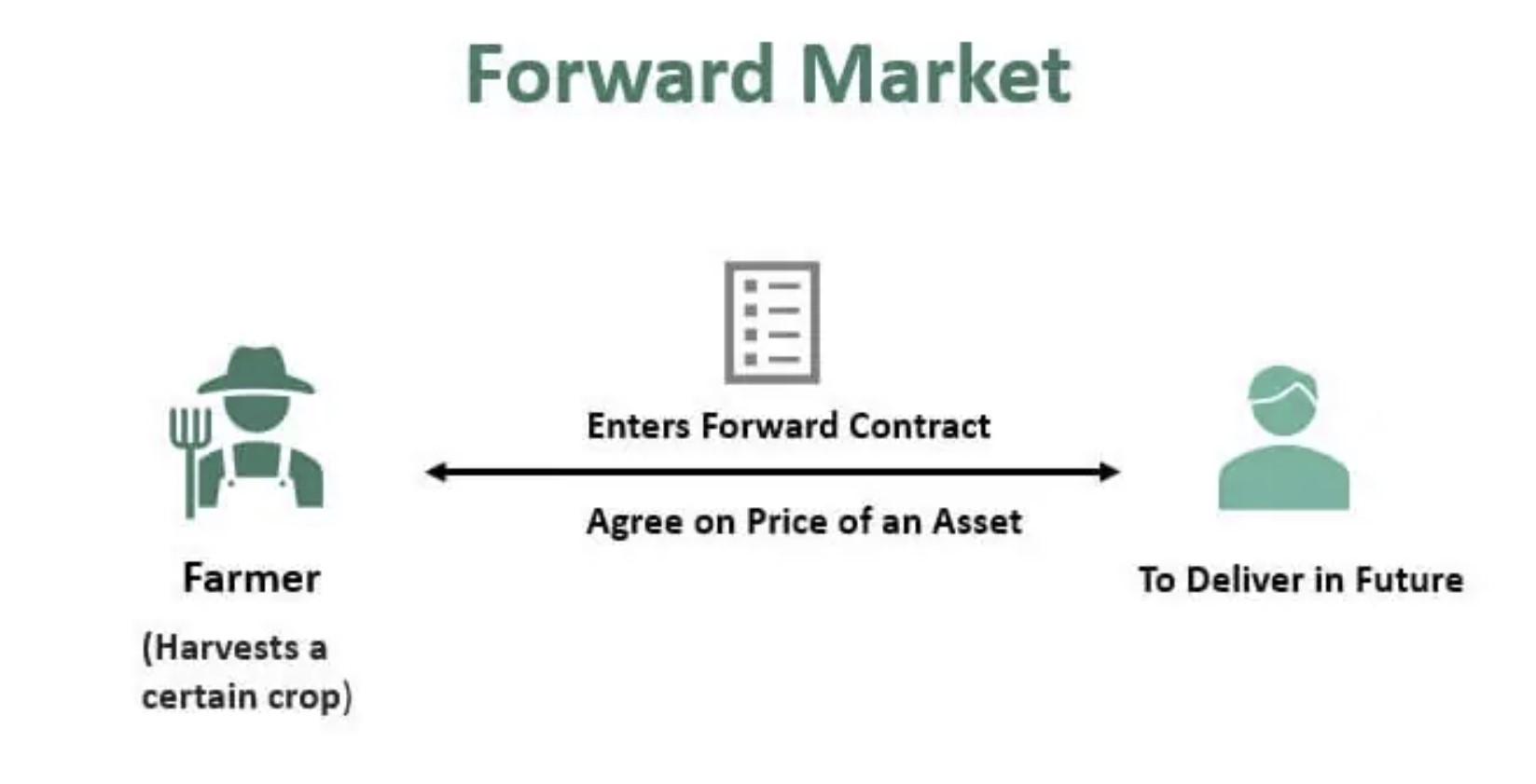Forward market
Forward market
How forward market works
A forward market leads to the creation of forwarding contracts. While forward contracts—like futures contracts—may be used for both hedging and speculation, there are some notable differences between the two. Forward contracts can be customized to fit a customer’s requirements, while futures contracts have standardized features in terms of their contract size and maturity.
Forwards execute between banks or between a bank and a customer; futures are done on an exchange, which is a party to the transaction. The flexibility of forwards contributes to their attractiveness in the foreign exchange market.
Foreign exchange forwards
A futures contract refers to an agreement that allows a party to buy or sell an asset at a predetermined price within a specified time in the future. Futures standardize contracts, particularly in the quantity of ordering size and date.
Buyers who enter a futures contract are obligated to buy the goods from the seller based on what is written in the contract when the delivery date arrives. Vice-versa, the seller obligates to sell the goods to the buyer on the based delivery date on the written price in the contract, regardless of what the market price is on the exchange date.
Within the forward market, contracts price based on interest rates. For example, in the foreign exchange market, forward prices stem from the difference in interest rates between two currencies.
The value then applies over from the transaction to the settlement date of the contract. Another instance would be interest rate forwards, where the price derives from the yield curve.
Pricing
Prices in the forward market are interest-rate based. In the foreign exchange market, the forward price derives from the interest rate differential between the two currencies, which applies over the period from the transaction date to the settlement date of the contract. In interest rate forwards, the price is based on the yield curve to maturity.
